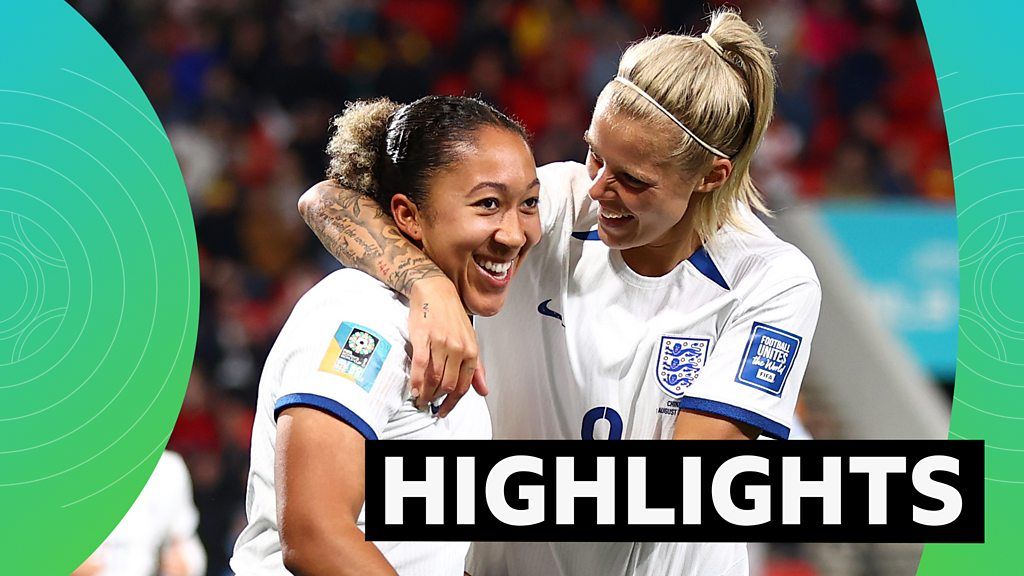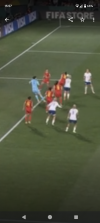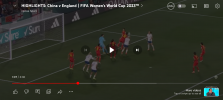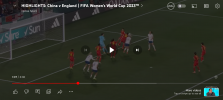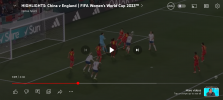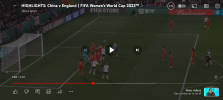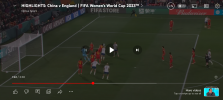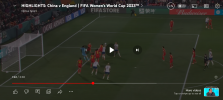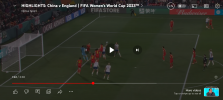The England player doesn’t touch the ball. It comes off the back of the Chinese defender and falls to the England player who was originally offside.
I haven't seen any replays since, but I watched the game and the replays they showed at the time.
It didn't come of the back of the Chinese defender as far as I could see and in any event, for me it was a controlled, successful clearance which sent the ball exactly where she wanted it to go, several yards away from her own goal.
As I saw it, all the following indicators mentioned in the law were present, to show that the player deliberately played the ball:
"The ball travelled from distance and the player had a clear view of it."
Definitely true.
"The ball was not moving quickly."
It was more or less of a normal speed cross, not coming at the defender excessively quickly.
"The direction of the ball was not unexpected."
Definitely not coming from an unexpected direction.
"The player had time to coordinate their body movement, i.e. it was not a case of instinctive stretching or jumping, or a movement that achieved limited contact/control."
The player had plenty of time and her movement was not instinctive. Even if it did come off her back (which I'm not convinced of) it would only because she executed her movement poorly, which is not a disqualifying factor as far as the law goes.
In summary, that's a deliberate play as far as I'm concerned.



